
Photos.com/Photos.com/Getty Images
Many watches today rely on more than simple winding to keep them running. Mechanical watches, such as those used since the dawn of timekeeping, rely on spring tension to keep the mechanism running. Once the tension is fully relieved, the watch stops. Quartz movements use a battery to keep their watches moving, but only until the battery dies. A third style of watch uses a capacitor, storing and releasing energy from a variety of sources.
What is a Capacitor?
Found in electronics of all types, capacitors are devices that store and release electrical current as needed. The capacitor assists the rechargeable battery in the movement in maintaining the proper amount of charge, potentially extending its useful life. Capacitors can store energy from a variety of sources of current, and in a watch, this amount of current is often very small. When the appropriate amount of charge is released, the resulting energy keeps the battery running. Watches that eschew batteries entirely in favor of capacitor-only designs eliminate the environmental impact of battery disposal.
Solar Power
Some watch manufacturers use solar energy as a power source to keep their capacitors charged. Although these solar cells require very little ultraviolet energy to maintain a reliable charge, some exposure to sunlight is required. These pieces often have small indicators letting wearers know the capacitor's charge state.
Mechanical Movement
Hybrid-style movements that mimic the manner in which automatic watches stay wound with quartz, use the natural wrist motion of everyday wear to keep the internal capacitor charged. In turn, the capacitor maintains the proper amount of charge to the battery. Some of these designs do not use batteries at all, with the capacitor storing and releasing energy. These must be replaced at certain intervals.
Automatic Quartz
Furthering the blend of mechanical and quartz movements are those watches which mimic the feel of a mechanical watch, while maintaining the accuracy and convenience of a pure quartz movement. These designs allow the internal capacitor to charge from winding of the crown, as a wearer would do with an automatic or manual watch. If the wearer forgets to do this, the capacitor and battery (if present) maintains its charge through normal everyday movement.
Related Articles
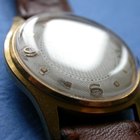
The Advantages of a Wind Up Watch

How Do You Wind a Rolex Oyster ...

How Do Citizen Eco-Drive Watches Work?

Bulova Motion Quartz Repair

How to Replace a Nike Triax 50 Battery

How to Troubleshoot a Citizen Skyhawk ...

Kinetic Watches Vs. Eco-Drive Watches
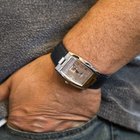
How to Start Self Winding Watches

How to Factory Reset a Citizen Eco Watch
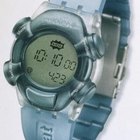
Difference Between Swiss & Japanese ...

How to Fix a Stalled Second Hand on a ...

How to Set a Citizen Skyhawk Eco Drive ...

How to Change the Date on a Junghans ...
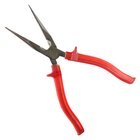
How do I Change the Battery in a Wenger ...
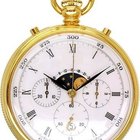
How Does a Pocket Watch Work?

How to Set the Day of the Week on an ...

Instructions for a Casio AW590 Watch

How to Restart Citizen Eco-Drive Watches

How to Change the Time on the Casio ...

Casio Tough Solar Instructions
References
Writer Bio
David Lipscomb is a professional writer and public relations practitioner. Lipscomb brings more than a decade of experience in the consumer electronics and advertising industries. Lipscomb holds a degree in public relations from Webster University.
Photo Credits
Photos.com/Photos.com/Getty Images